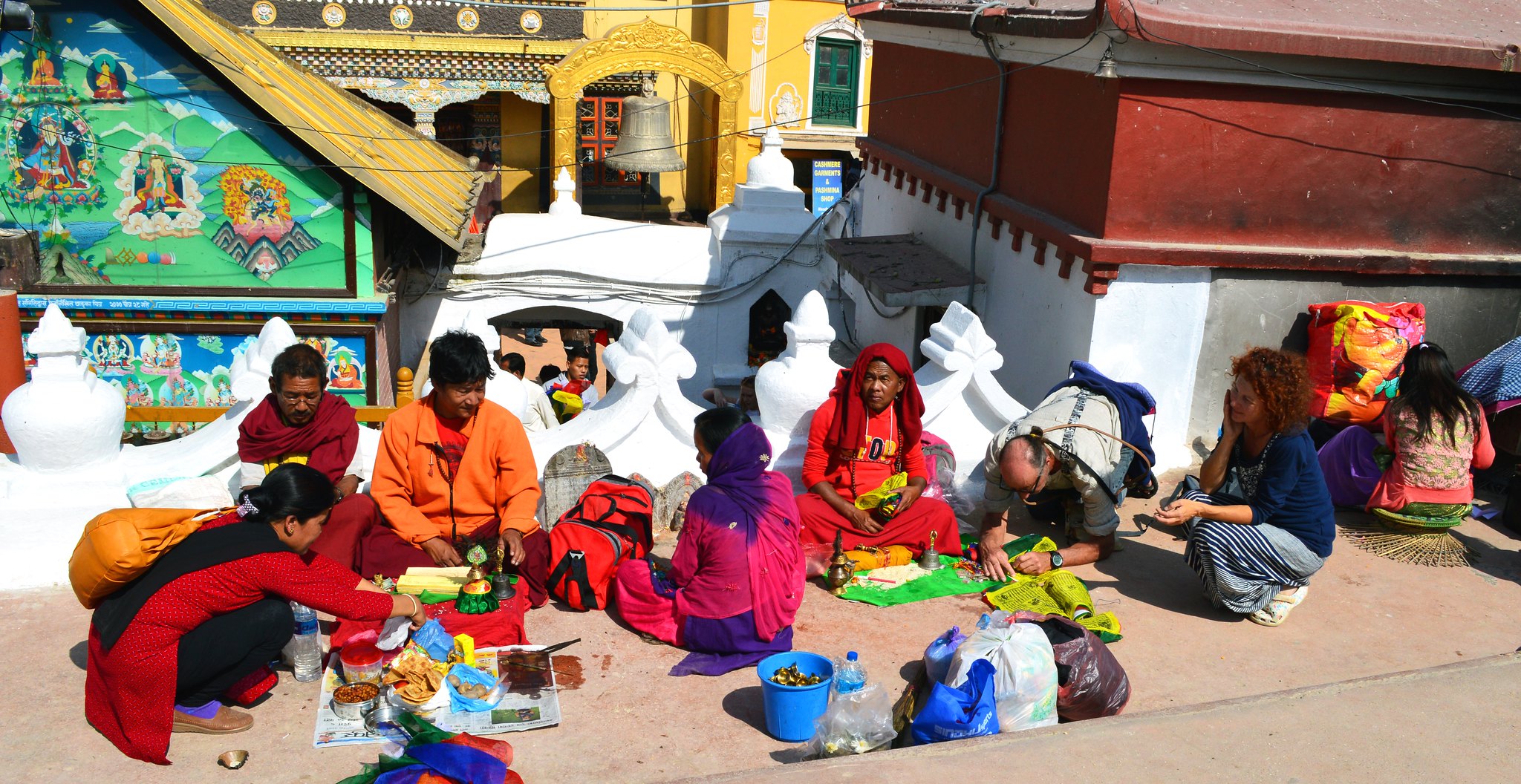Tourism has long been celebrated as a vital engine of economic growth, offering jobs, investment opportunities, and development prospects to destinations around the world. From bustling metropolises to remote islands, local communities often depend on visitors for livelihood and progress. Yet, behind this prosperity lies a complex reality one where the economic benefits of tourism can be accompanied by hidden costs and inequalities. Understanding both sides of this equation is essential for building sustainable and inclusive tourism economies.
1. The Economic Promise of Tourism
Tourism is one of the world’s largest industries, contributing trillions of dollars to the global economy. For local communities, it offers tangible benefits that can transform livelihoods and spur regional development.
a. Employment and Income Generation
Tourism creates jobs across multiple sectors hospitality, transportation, entertainment, food services, and handicrafts. These opportunities often extend beyond urban centers, reaching rural or underdeveloped areas. For example, a small village near a national park may see employment growth through eco-lodges, tour guiding, and local crafts.
Such employment not only raises household incomes but also empowers women and youth, who often find their first formal job in tourism related industries.
b. Infrastructure Development
Tourism drives the development of infrastructure such as roads, airports, water supply, and telecommunications. These improvements, though initially aimed at serving tourists, often benefit local residents as well. Better transportation and public utilities can enhance access to education, healthcare, and markets.
c. Stimulation of Local Businesses
The influx of visitors stimulates demand for local goods and services. Restaurants, farmers, artisans, and transport providers thrive as tourism grows. This creates a multiplier effect money spent by tourists circulates within the community, boosting local entrepreneurship and investment.
d. Foreign Exchange Earnings and Government Revenue
Tourism serves as a major source of foreign exchange for many countries, particularly in the developing world. Governments collect taxes from tourism activities levies, entry fees, and licenses which can be reinvested in community development and conservation efforts.
2. The Economic Drawbacks of Tourism
While tourism brings prosperity, it can also create significant challenges for local economies especially when growth is unregulated or dependent on external forces.
a. Economic Leakage
A major concern in tourism-dependent economies is leakage, where much of the revenue generated leaves the local area. Large hotel chains, foreign tour operators, and imported goods often dominate the sector, meaning local communities receive only a small portion of the profits.
In some destinations, up to 70% of tourism income may flow back to foreign investors, undermining the potential for genuine local development.
b. Inflation and Rising Living Costs
As tourism grows, the demand for land, goods, and services increases often leading to inflation. Local residents may find it harder to afford housing, food, and basic amenities, particularly in popular destinations where tourism drives up prices. This economic pressure can push lower income families out of their communities, contributing to social inequality.
c. Seasonal and Low-Paying Employment
Tourism jobs are often seasonal, fluctuating with visitor demand. During off peak seasons, workers face unemployment or unstable income. Moreover, many tourism jobs are low wage and lack long-term security or benefits, leaving communities economically vulnerable.
d. Overdependence on Tourism
Relying too heavily on tourism can make local economies fragile. Events like natural disasters, political instability, or global crises such as the COVID-19 pandemic can abruptly halt tourism flows, devastating livelihoods. Diversification of economic activities is therefore essential to ensure resilience.
e. Unequal Distribution of Benefits
In many destinations, the economic rewards of tourism are unevenly distributed. Wealthy investors and urban elites may profit the most, while local residents especially those in rural or marginalized areas see limited improvement in their living standards. This imbalance can foster resentment and social tension.
3. Finding Balance: Sustainable Economic Practices
The challenge for communities and policymakers lies in maximizing the benefits of tourism while minimizing its drawbacks. Sustainable tourism development offers a way forward by prioritizing local participation, fair income distribution, and long-term economic health.
Strategies include:
- Promoting community-based tourism, where locals own and manage businesses.
- Encouraging small enterprises to reduce dependence on foreign investors.
- Reinvesting tourism revenue into local education, healthcare, and infrastructure.
- Implementing policies that regulate pricing, land use, and environmental protection.
Such approaches ensure that tourism supports not displaces the communities it touches.
Conclusion
Tourism has the potential to be a lifeline for local communities, creating opportunities that foster prosperity, pride, and progress. Yet, when unchecked, it can also deepen inequalities and expose economies to vulnerability.
The true measure of tourism’s success lies not only in its income but in its impact how well it uplifts people, preserves culture, and sustains the environment. For tourism to be truly beneficial, it must move beyond profit toward purpose, ensuring that every journey taken leaves both travelers and host communities richer in experience, dignity, and shared growth.






